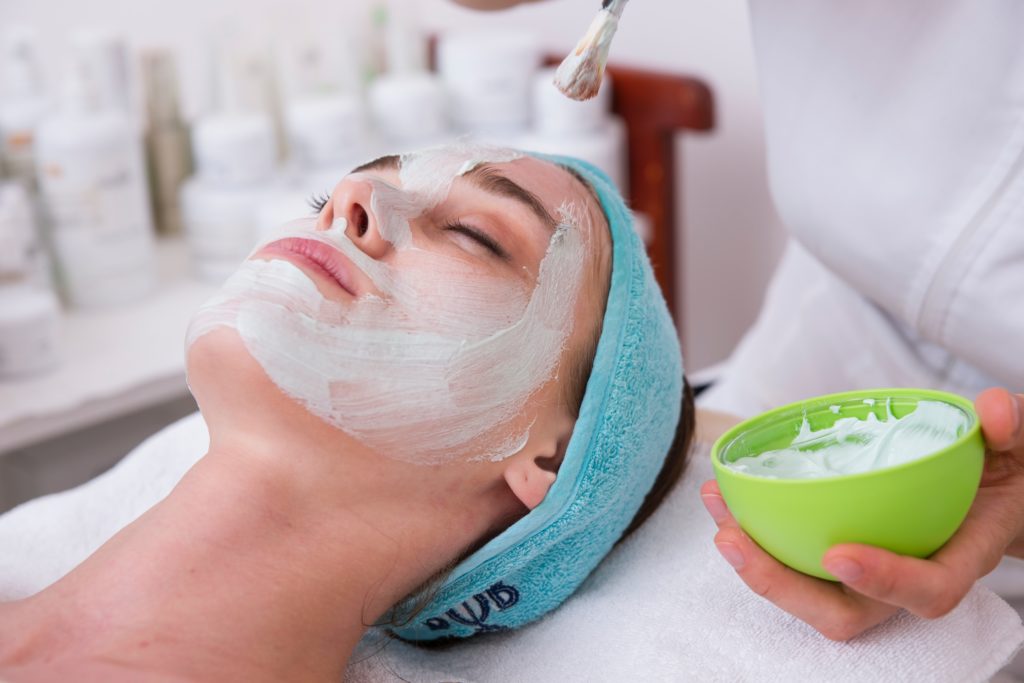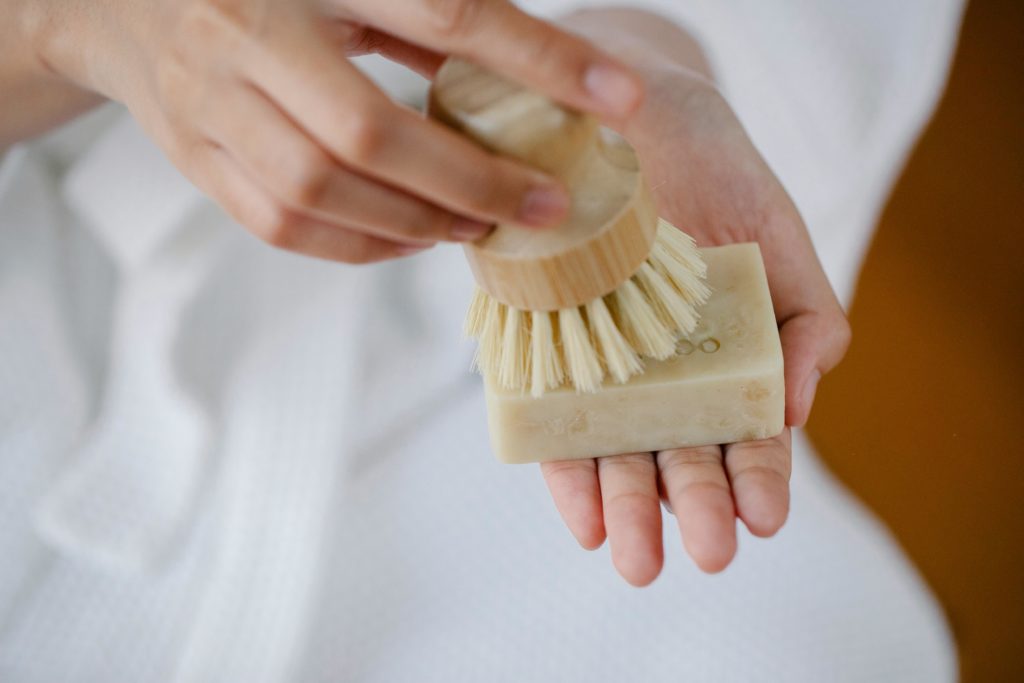Teenage years are often characterized by a wide range of changes, including the onset of puberty, hormonal imbalances, and a growing interest in self-care. One of the most important aspects of self-care is skincare, as this is the foundation for healthy, glowing skin.
However, many commercial skincare products can be expensive and filled with chemicals that may be harmful to young skin. That’s where DIY face masks come in. These simple, easy-to-make masks use natural ingredients to nourish and revitalize the skin.
In this article, we’ll explore five of the best DIY teenage skin face masks for gleaming and beautiful skin.
Face Mask #1: Honey and Yogurt Face Mask
Honey and yogurt are both known for their nourishing and moisturizing properties, making them perfect ingredients for a face mask. Honey is a natural humectant, meaning it helps to retain moisture in the skin, while yogurt contains lactic acid, which gently exfoliates and brightens the skin.
To make this mask, simply mix together one tablespoon of honey and one tablespoon of plain yogurt. Apply the mixture to your face and leave it on for 10-15 minutes before rinsing off with warm water.
Face Mask #2: Oatmeal and Banana Face Mask
Oatmeal and banana are two more ingredients that are great for the skin. Oatmeal is a natural exfoliant that helps to remove dead skin cells and unclog pores, while bananas are rich in antioxidants that help to protect the skin from damage.
To make this mask, mash up half a ripe banana and mix it with one tablespoon of oatmeal. Apply the mixture to your face and leave it on for 10-15 minutes before rinsing off with warm water.
Face Mask #3: Avocado and Egg White Face Mask
Avocado and egg white might seem like an unlikely combination, but they work together to create a powerful face mask that is great for teenage skin. Avocado is rich in healthy fats and vitamins that nourish and moisturize the skin, while egg white helps to tighten and tone the skin.
To make this mask, mash up half an avocado and mix it with one egg white. Apply the mixture to your face and leave it on for 10-15 minutes before rinsing off with warm water.
Face Mask #4: Turmeric and Lemon Juice Face Mask
Turmeric and lemon juice are two ingredients that have been used for centuries to brighten and rejuvenate the skin. Turmeric contains curcumin, a powerful antioxidant that helps to fight free radicals and reduce inflammation, while lemon juice is rich in vitamin C, which helps to brighten the skin and reduce the appearance of dark spots.
To make this mask, mix together one teaspoon of turmeric powder and one tablespoon of lemon juice. Apply the mixture to your face and leave it on for 10-15 minutes before rinsing off with warm water.
Note that turmeric can stain clothing and towels, so be sure to wear an old shirt and use an old towel when applying and removing the mask.
Face Mask #5: Aloe Vera and Cucumber Face Mask
Aloe vera and cucumber are two ingredients that are great for soothing and hydrating the skin. Aloe vera contains compounds that help to reduce inflammation and redness, while cucumber is rich in water and vitamin C, which help to hydrate and brighten the skin.
To make this mask, blend together half a cucumber and one tablespoon of aloe vera gel. Apply the mixture to your face and leave it on for 10-15 minutes before rinsing off with warm water.
Conclusion
DIY face masks are a great way for teenagers to take care of their skin without breaking the bank or exposing themselves to harmful chemicals. Using natural ingredients like honey, yogurt, oatmeal, banana, avocado, egg white, turmeric, lemon juice, aloe vera, and cucumber, teenagers can nourish and revitalize their skin, leaving it looking and feeling healthy and glowing.
FAQs
1. How often should I use a face mask?
It’s generally recommended to use a face mask once or twice a week, depending on your skin type and the specific mask you’re using. Overuse of face masks can actually be damaging to the skin, as it can strip away natural oils and disrupt the skin’s pH balance.
2. Can I use these face masks if I have sensitive skin?
While these face masks are made with natural ingredients, some people with sensitive skin may still experience irritation or allergic reactions. It’s always a good idea to do a patch test before applying a new product to your face, and if you experience any redness or itching, discontinue use immediately.
3. Can I store leftover face mask for later use?
Most of these face masks are best used fresh, as the ingredients may lose their potency over time. However, some can be stored in the refrigerator for a day or two, such as the honey and yogurt mask or the avocado and egg white mask. Be sure to cover the mixture with plastic wrap or a lid to prevent it from drying out.
4. Are there any other ingredients I can use in a DIY face mask?
Absolutely! There are countless natural ingredients that can be used in a DIY face mask, depending on your skin type and specific concerns. Some other popular ingredients include coconut oil, green tea, apple cider vinegar, and clay.
5. Can I use a face mask to treat acne?
While some of these face masks may help to soothe and reduce inflammation associated with acne, it’s important to note that a face mask alone is not a cure for acne. If you’re struggling with acne, it’s important to develop a comprehensive skincare routine and seek the advice of a dermatologist if necessary.


